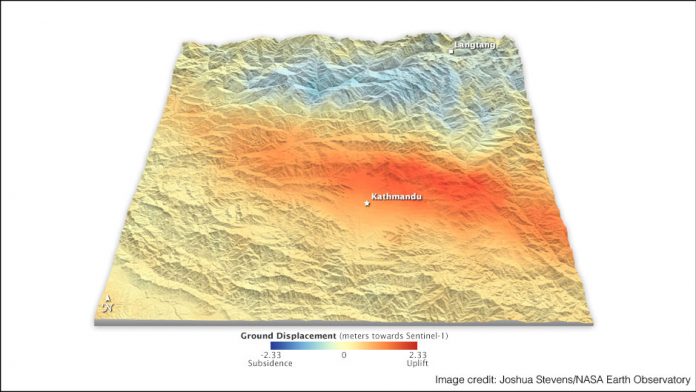On April 25, 2015, Nepal was hit by a magnitude 7.8 earthquake, killing over 8,000 people and levelling entire villages in the Himalayan region near Kathmandu and Mt. Everest. In recorded history, only two earthquakes of this magnitude have ever hit Canada.
The danger isn’t over in Nepal: this Tuesday, over two weeks after the first earthquake, the region experienced a magnitude 7.3 aftershock. International relief efforts, including Canadian humanitarian aid, are underway.
What causes the ground to move so violently?
This video from Discovery News explains why earthquakes happen, and also why the Nepal earthquake was particularly damaging.
Learn more about the science behind the 2015 Nepal earthquake
Video courtesy of Discovery News
The Earth’s land masses sit on the surface of the Earth and are made up of several plates that fit together like puzzle pieces. The Indian Plate hit the Eurasian Plate nearly 50 million years ago, forcing the land upwards and forming the Himalayas. These plates continue to collide now, with the Indian Plate slipping under the Eurasian Plate at a rate of 5 cm (2 in) each year. This results in major pressure build up, and an earthquake is one way for that pressure to be released. Satellite data from NASA show that the initial earthquake shifted land up to 1.4 m (4.6 ft) upwards. The force of the earthquake was even strong enough to be detected by sensors in North America. The Nepal earthquake also happened at a shallow depth, meaning that its impact was even more profound at the surface.
Our thoughts here at R2R are with the people, friends, and families affected by the earthquake.








































